Go! Go! Go! (1964)
ジャンル : ドキュメンタリー
上映時間 : 12分
演出 : Marie Menken
シノプシス
Various forms of everyday motion in and around a city are shown at rapid speed.
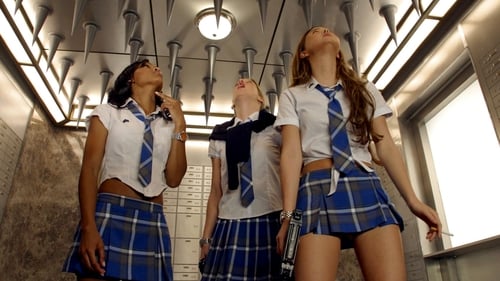
The star of a team of teenage crime fighters falls for the alluring villainess she must bring to justice.

クリスマスに恋人ハーパーの実家に招待され、そこで彼女にプロポーズするつもりでいたアビー。だが実はハーパーは家族にカミングアウトしておらず、2人の関係も隠していることが判明し...。

米国のNSA(国家安全保障局)で働き、同じく情報機関のCIA(中央情報局)でも働いた当時29歳の男性スノーデンは、米政府が国民のプライバシーを侵害していることに憤り、2013年、“シチズンフォー”というハンドルネームを使ってドキュメンタリー監督ポイトラスと連絡を取り、自分が知っているすべてをカメラの前で語ると言い、ポイトラス監督とジャーナリストのグリーンウォルドは香港でスノーデンと面会する。
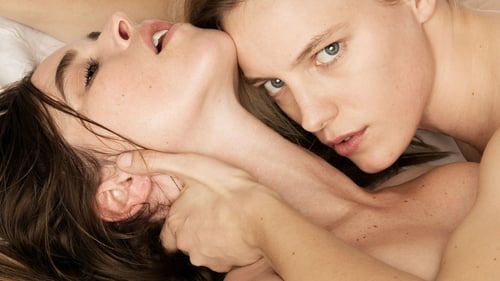
An unexpected affair quickly escalates into a heart-stopping reality for two women whose passionate connection changes their lives forever.

Megan is an all-American girl. A cheerleader. She has a boyfriend. But Megan doesn't like kissing her boyfriend very much. And she's pretty touchy with her cheerleader friends. Her conservative parents worry that she must be a lesbian and send her off to "sexual redirection" school, where she must, with other lesbians and gays learn how to be straight.
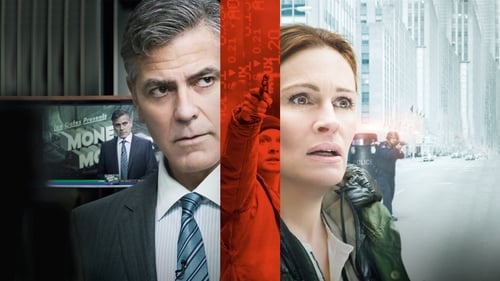
リー・ゲイツが司会を務め、その巧みな話術で株価予想や視聴者への助言を行う高視聴率財テク番組「マネーモンスター」。番組ディレクターのパティの指示を聞かず、アドリブ全開でリーが生放送に臨む中、拳銃を手にした男カイルがスタジオに乱入してくる。彼は番組の株式情報によって財産を全て失くしたと憤慨し、リーを人質に番組をジャック。さらに放送中に自分を陥れた株取引のからくりを白日のもとにさらすようパティに迫るが……。<<監督としても高い評価を得ているジョディ・フォスターがメガホンを取ったサスペンス。拳銃を手にした男による財テク番組占拠事件の行方と、その裏に隠された驚がくの真実を活写していく。ジョージ・クルーニー、ジュリア・ロバーツ、ジャック・オコンネルらが顔をそろえる。>>

The wife of a pastor who preaches against homosexuality embarks on an affair with a female writer.
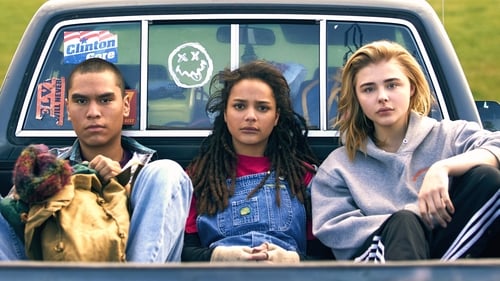
Pennsylvania, 1993. After getting caught with another girl, teenager Cameron Post is sent to a conversion therapy center run by the strict Dr. Lydia Marsh and her brother, Reverend Rick, whose treatment consists in repenting for feeling “same sex attraction.” Cameron befriends fellow sinners Jane and Adam, thus creating a new family to deal with the surrounding intolerance.
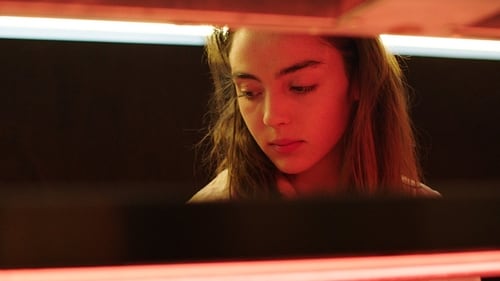
厳格なベジタリアンの家に育ったジュスティーヌ(ギャランス・マリリエ)は、姉も在学する獣医学校に入った後、新入生の通過儀礼としてうさぎの生の腎臓を食べることを強要され、口にしてしまう。その日を境に、ジュスティーヌの隠れた本性が明らかになり……。
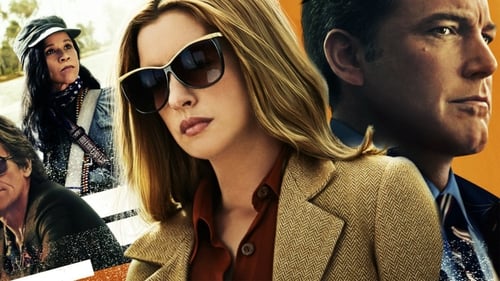
At the turning point of the Iran-Contra affair, Elena McMahon, a fearless investigative journalist covering the 1984 US presidential campaign, puts herself in danger when she abandons her assigned task in order to fulfill the last wish of her ailing father, a mysterious man whose past activities she barely knows.

On an isolated island in Brittany at the end of the eighteenth century, a female painter is obliged to paint a wedding portrait of a young woman.
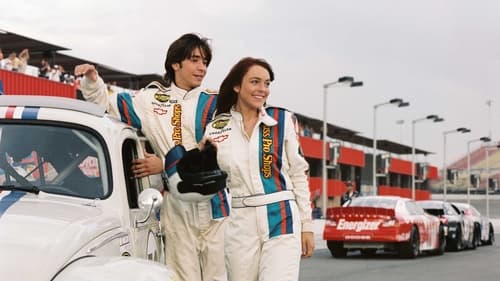
Maggie Peyton, the new owner of Number 53 - the free-wheelin' Volkswagen bug with a mind of its own - puts the car through its paces on the road to becoming a NASCAR competitor.
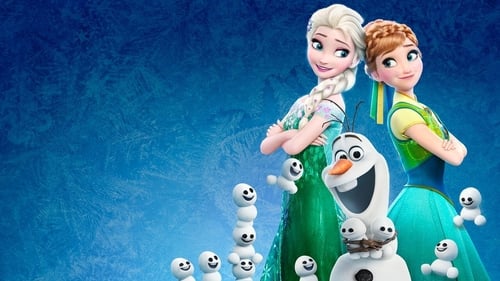
アナの誕生日の朝。エルサはこの日を完璧な一日にすべく、クリストフたちとともにとびきりのサプライズを準備していた。城中に張りめぐらされた赤い糸をたどっていくと、あちこちにアナへのプレゼントが隠されているという仕掛けだ。誕生日の特別なドレスに身を包み、エルサとアナは糸をたどり始める。だがエルサはどうやら風邪をひいたらしく、くしゃみが止まらない。心配するアナをよそに、ひとり張り切るエルサだった。
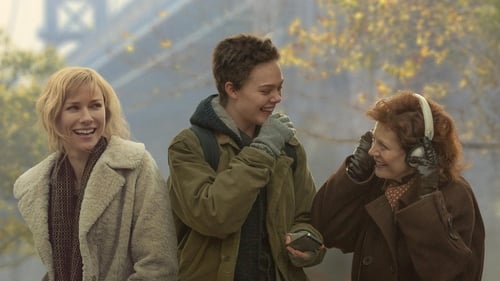
A teenager transitions from female to male, and his family must come to terms with that fact.

College student Danielle must cover her tracks when she unexpectedly runs into her sugar daddy at a shiva - with her parents, ex-girlfriend and family friends also in attendance.
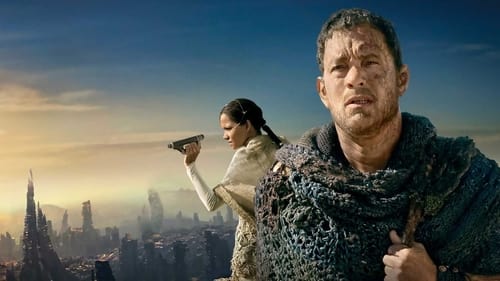
それぞれ時代も場所も違う6つのエピソードが入れ子状に関連しながら大きな物語を構成していくデイヴィッド・ミッチェルの同名小説を、「マトリックス」のウォシャウスキー姉弟と「パフューム ある人殺しの物語」のトム・ティクヴァ監督が、原作同様、エピソードごとにジャンルの違う語りで映画化した一大映像叙事詩。主演のトム・ハンクスはじめ、ハル・ベリー、ジム・ブロードベント、ペ・ドゥナら豪華スターたちが輪廻転生を象徴するように、各時代の登場人物を人種や性別を超えて演じ分ける大胆な配役も話題に。
1849年、南太平洋。青年ユーイングは、妻の父から奴隷売買を託され、船での航海に出るが…。1936年、スコットランド。ユーイングの航海日誌を読む若き作曲家フロビシャー。父に勘当され、天才作曲家のもとで曲づくりに悪戦苦闘する。その曲は、のちに幻の名曲と呼ばれる『クラウド アトラス六重奏』だった…。1973年、サンフランシスコ。巨大企業の汚職を追及する女性ジャーナリスト、ルイサは、会社が放った殺し屋に命を狙われるが…。2012年、イングランド。著書を酷評した評論家を殺害した作家ホギンズ。彼の自伝は大ヒットし、出版元の編集者は大儲けとなるが…。2144年、ネオ・ソウル。そこは遺伝子操作によって複製種が作られ、人間のために消費される社会。複製種の少女ソンミ451は自我に目覚め、反乱を企てるが…。そして遥か未来、文明がすっかり崩壊した地球。ある羊飼いの男のもとを、進化した人間コミュニティからやって来た一人の女が訪ねるが…。6つのエピソードは並行して描かれ、やがて怒濤のクライマックスへと突き進んでいく。
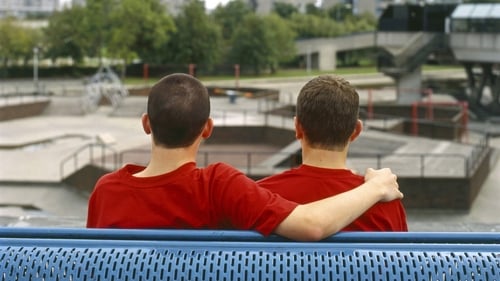
Set during a long, hot summer on the Thamesmead Estate in Southeast London, three teenagers edge towards adulthood.
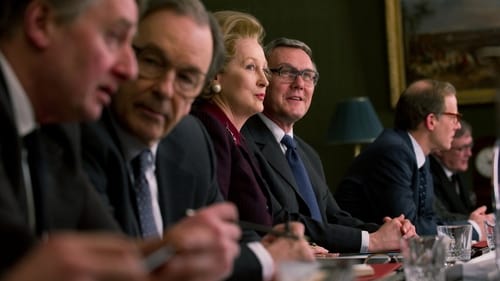
1979年、父の教えである質素倹約を掲げる保守党のマーガレット・サッチャーが女性初のイギリス首相となる。“鉄の女”の異名を取るサッチャーは、財政赤字を解決し、フォークランド紛争に勝利し、国民から絶大なる支持を得ていた。しかし、彼女には誰にも見せていない孤独な別の顔があった。

Two con artists have spent 26 years training their only daughter to swindle, scam and steal at every turn. During a desperate and hastily conceived heist, they charm a stranger into joining them, only to have their entire world turned upside down.

重度のうつ病を患う玩具メーカーのCEOウォルター・ブラックは、ビーバーのハンドパペットを使って家族に心を開くようになる。思春期の息子ポーターは、父親が発狂したかのようになったため、両親に離婚を迫る。

The 1984 short Barres celebrates the ingenious ways one can get onto the Paris Metro without paying.

Director Joseph Cornell evokes the nostalgia of childhood by filming a children's party.

An experimental film in which a photograph of an airplane turns into a wire diagram, then into an animated plane in flight, and then it explodes into words.

The human eye, the human form, the human face: these are the three central images of this avant-garde collage and kaleidoscope of shifting and fractured images, changing colors, and pulsing rhythms. Near the end, a tree appears briefly, and birds fly - first white, then red and blue. Celtic knots morph from one to another. The images become Rorschach tests although the mood, driven by the rapid changing images and the soundtrack, remains frantic.

In the first action he filmed, 6/64 Mama und Papa, Kren’s editing leads to many interlocking continuous shots; central takes recur like a leitmotif, circular motion and networking can be observed throughout the film. Kren painstakingly weaves the fury in front of his camera lens into dense geometrical figures. Shot/countershot sequences alternate, lumping back and forth between single (!) frames, they turn the Actionist turmoil into ornaments, rigid geometrical patterns, the equivalent in time to what Mondrian used to distill on canvas in space. (Peter Tscherkassky)

With a similar dreamy mood like its predecessor "Take the 5:10 to Dreamland" (1976) this clip starts with a boy getting into his bed. The camera zooms in into the boy's mind and a slow, sad waltz (i.e."Valse Triste") accompanies images of a locomotive, a miner, the globe, the sky, a sheep heard, etc. Disparate elements, but if one concentrates only at the movement of the figures, one can perceive a commotion, slowly livening up: The starting wheels of the heavy locomotive, the tired miner pushing the heavy cart of coal bricks, the globe smoothly turning around and around, the clouds imperceptibly floating in the sky, the sheep idly moving in the herd, etc. We reach the first climax when a mannequin opens her coat like a flower. The second big crescendo spurts out from a "water hose", after watching schoolgirls doing gymnastics for quite a while. A sad, but nostalgic aftertaste lingers in the end when funeral cars drive away through a flooded area…

“A silent perusal of the Grand Canyon, morning to night, from a single, fixed camera position, by means of constant dissolves spaced a few seconds apart. Man — entirely absent — is no longer the center of the universe; the canyon exists outside of him. Despite the invisible photographer and his technologically-caused dissolves, this is a creditable approximation of the true foreign-ness of nature.” — Amos Vogel, Film as a Subversive Art (1974)
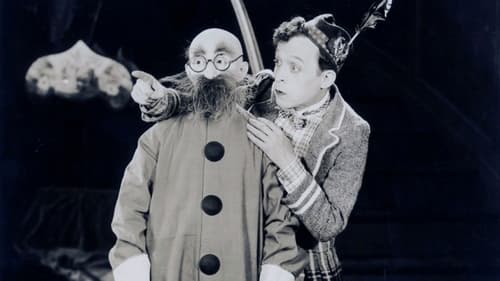
When a mysterious figure appears to cause a series of disruptions at the Frisbie Home in New York, word goes out to Scotland Yard that the Fuzz-Faced Phantom is at work. Soon, Charley MacNeesha and his assistant MacGregor are sent across the ocean to investigate.

At the center are takes which do not change - a tree in a field in Vermont, U.S.A. Since the film was shot over a period of fifty days, the single frame shots create a storm of pictures.

An experimental short film from Stan Brakhage.

A short surreal animation created with fashion magazine clippings and sound collages.

"Studie II (Hallucinationer)" (Study II (Hallucinations)) (1952), comprises twelve staged scenes that were modelled after a set of drawings. Accompanied by metallic sounds, various body parts, limbs and objects form surrealistic collages against the background of a black space. Peter Weiss intended to create associative images that can not be deciphered completely. Beyond any logical interpretation, he wanted to show pure inner feelings.

A perfect, fast and hilarious montage. Using images from Artis (Amsterdam Zoo), Bert Haanstra shows that a couple of similarities can be discovered between human and animal. Particularly the manner in which human and ape are confronted with each other, is significant. The images speak for themselves, human voices or commentary is absent. The ironic music of Pim Jacobs does add an extra dimension to the whole. With regards to human and animal Haanstra limits himself for the time being to this short film, recorded with a hidden camera. Later on, in several big films, he would return to this subject.

A work of visual art that borrows from music the principles of the fugue, with the sudden flight of a man to his hotel room as its main theme. Where he dreams.
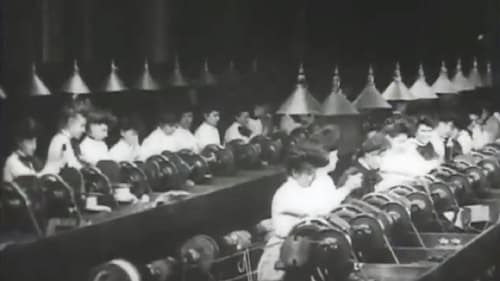
Billy Bitzer filmed 21 short actualities inside the Pittsburgh Westinghouse Works in April and May of 1904. Audiences of the day would have been treated to footage of factory panoramas, women winding armatures and turbines being assembled. These industrial films were produced for the American Mutoscope & Biograph Company.

With the screen split asymmetrically, one part in positive, the other negative, the film documents the evolution of simple celled organic forms into chains of cells then more complex images from tribal cultures and contemporary modernist concepts. The images react, interpenetrate, perhaps attack, absorb and separate, until a final symbiosis (or redemption?) is achieved.

"I have not changed the editing structure. I have made the films printable. They are the first known fully collaged films, i.e., films made from found footage, and were done sometime in the ‘40s. Cornell combines Vaudeville jugglers, animal acts, circus performers, children eating and dancing, science demonstrations, mythical excerpts, and crucial freeze-frames of faces into a timeless structure, totally unconcerned with our usual expectations of “montage” or cinematic progression. He collects images and preserves them in some kind of cinematic suspension that is hard – impossible – to describe. But it’s a delight to anyone whose soul has not been squashed by the heavy dictates of Art." —Larry Jordan

Little Stabs at Happiness is a collection of silent shorts Jacobs shot from the period of 1959-1963. Jaunty tunes (and a somber reflection) accompany the footage.

Uses time-lapse photography to show the physical power of plants in their efforts to receive sunlight and fulfill their growth.
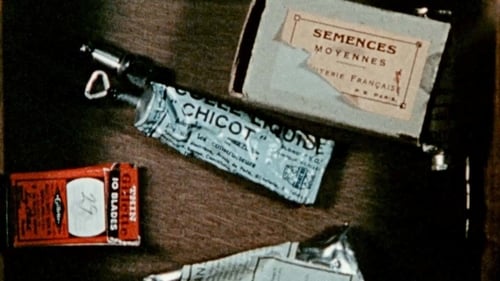
Featuring a commentary by Noël Burch (in nonsense French), Recreation's rapid-fire montage of single-frame images of incredible density and intensity has been compared to contemporary Beat poetry.































